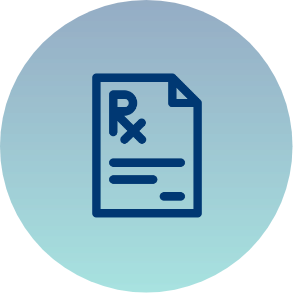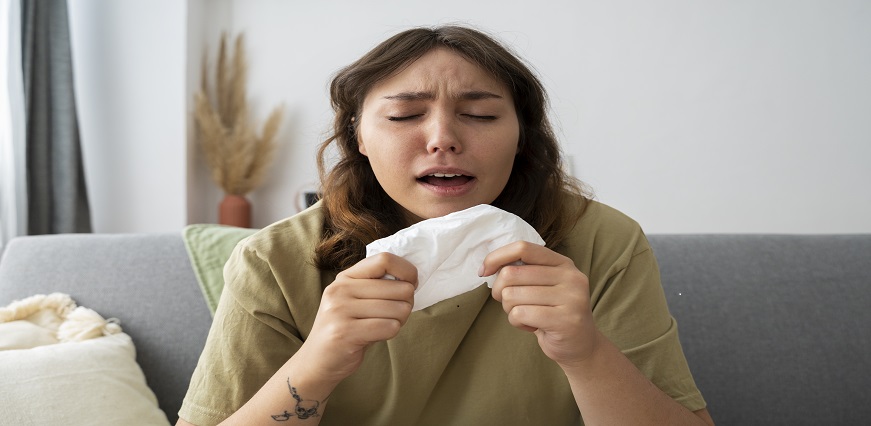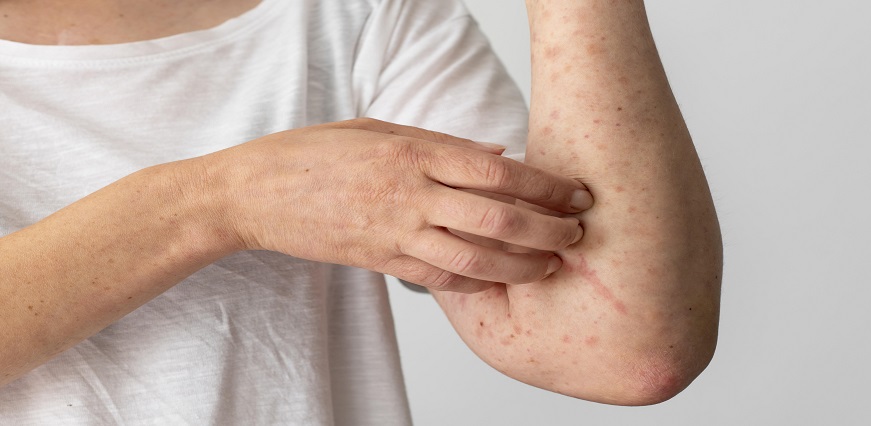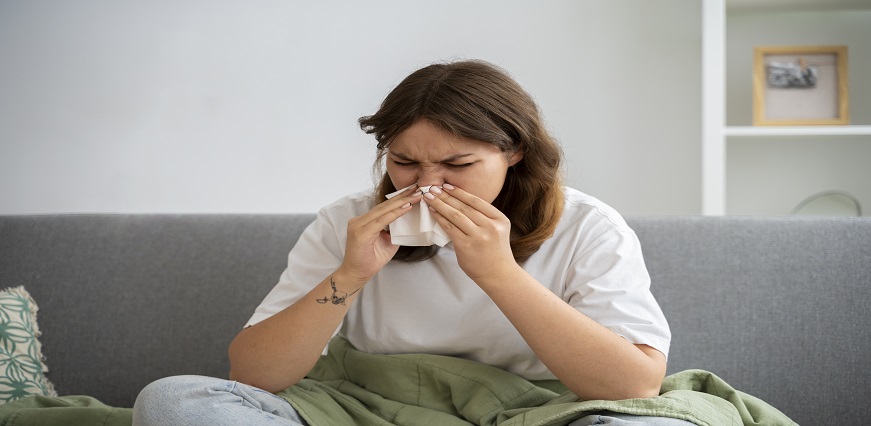Wheat is a staple in many diets around the world, but for some individuals, it can be a source of significant distress. If you've ever experienced sudden digestive issues or skin reactions after eating bread or pasta, you might wonder: what is a wheat allergy? This condition affects countless people and often goes undiagnosed. Understanding the signs of wheat allergy and how it impacts your body is crucial for anyone who suspects they may have this sensitivity.
Common Signs and Symptoms
Wheat allergy can manifest in a variety of ways, making it vital to recognize its signs early. One common symptom is skin reactions, such as hives or eczema. These can appear soon after consuming wheat products.
Digestive issues are also prevalent among those affected. Symptoms like nausea, diarrhea, and stomach cramps may occur shortly after ingestion.
Respiratory problems can arise too. Individuals might experience sneezing, nasal congestion, or even asthma-like symptoms post-exposure to wheat.
In some cases, more severe reactions develop quickly. Anaphylaxis could lead to difficulty breathing or swelling of the throat and lips. This requires immediate medical attention.
How is a Wheat Allergy Diagnosed?
Diagnosing a wheat allergy involves several steps. First, a healthcare provider will take a detailed medical history. This includes discussing symptoms and any potential triggers.
Next, specific allergy tests may be conducted. Skin prick tests are common; they involve placing small amounts of wheat proteins on the skin and observing reactions. Blood tests can also measure the presence of antibodies to wheat.
In some cases, an elimination diet might be recommended. This entails removing all sources of wheat from your meals for a period. Patients then gradually reintroduce it while monitoring symptoms closely.
Managing and Treating Wheat Allergy
Managing and treating a wheat allergy requires a proactive approach. The most effective method is strict avoidance of all wheat products. This means reading labels carefully, as even trace amounts can trigger symptoms.
Working with an allergist can help create a personalized management plan. They can provide guidance on safe foods and potential cross-reactivities.
Dietary adjustments are essential too. Incorporating alternative grains such as quinoa, rice, and corn can ensure nutritional balance without triggering allergy symptoms.
Alternative Grains for Individuals with Wheat Allergy
For those with a wheat allergy, exploring alternative grains can open up new culinary possibilities. Quinoa is a popular choice; it’s packed with protein and offers a nutty flavor that enhances many dishes.
Another excellent option is rice, which comes in various forms such as brown, white, or wild. It serves as a versatile base for countless meals and is naturally gluten-free.
Millet stands out too. This ancient grain has a light texture and mild taste. It works well in salads or as porridge for breakfast.
Tips for Avoiding Hidden Sources of Wheat in Food
Reading labels is essential. Many processed foods contain wheat in unexpected forms. Ingredients like malt, dextrin, and modified food starch can be derived from wheat.
When dining out, communicate your dietary restrictions clearly. Ask about sauces, dressings, or breading that may contain hidden gluten. Chefs often appreciate the heads-up and can suggest alternatives.
Be cautious with seemingly safe options like oats; they are frequently cross-contaminated with wheat during processing. Opt for certified gluten-free grains to ensure safety.
Living with a Wheat Allergy: Coping Strategies and Support
Living with a wheat allergy can feel isolating, but connecting with others who understand your challenges can make a difference. Support groups, both online and in-person, offer shared experiences and practical tips.
Educating yourself is essential. Learn to read labels meticulously to spot hidden sources of wheat. Many foods contain gluten or wheat derivatives that may catch you off guard.
Meal planning becomes crucial. Experiment with alternative grains like quinoa, rice, or corn to expand your dietary options while avoiding triggers. Cooking at home allows for better control over ingredients.
Conclusion
Wheat allergy can significantly impact daily life, but understanding it is essential for effective management. Awareness of the signs and symptoms allows for prompt action when reactions occur. Diagnosing a wheat allergy typically involves skin tests or blood tests, which guide individuals toward appropriate treatment options.













 7982100200
7982100200
























 To reach our help desk call 9213188888
To reach our help desk call 9213188888.png)
Comments